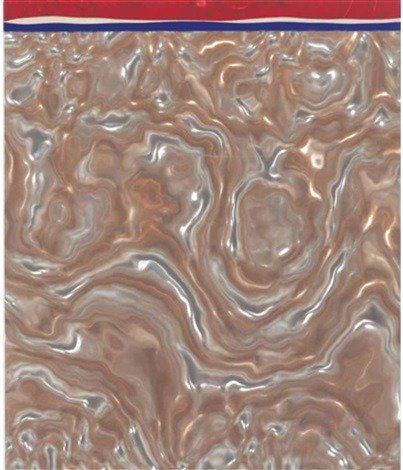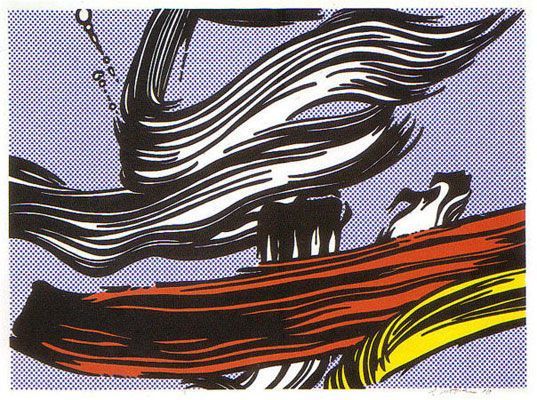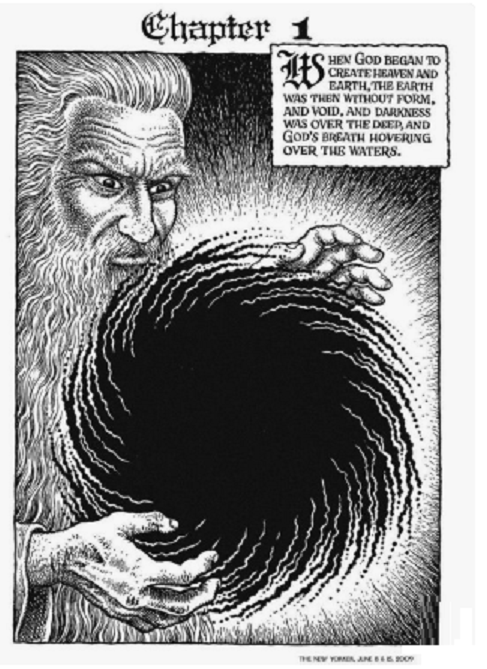The Ping-Pong Possibility
Monday, January 6th, 2020[ by Charles Cameron — Soleimani’s death prospects — does my title sound like the title of a Ludlum novel? Good! ]
.
I’ll do this all, or mostly, in tweets — things are happening fast enough that just watching my twitter stream is keeping me pretty busy.
Okay: there’s a whole lot of mirroring going on. Commenting on the assassination of IRGC commander Qassem Soleimani, President Trump tweeted:
Let this serve as a WARNING that if Iran strikes any Americans, or American assets, we have…..
….targeted 52 Iranian sites (representing the 52 American hostages taken by Iran many years ago), some at a very high level & important to Iran & the Iranian culture, and those targets, and Iran itself, WILL BE HIT VERY FAST AND VERY HARD. The USA wants no more threats!
To which a senior IRGC officer just responded:
“If [US President Donald] Trump retaliates to Iran’s revenge, we will strike Haifa, Tel Aviv and wipe out Israel,” said Mohsen Rezaei.
About Mohsen Rezaee.
In both cases, we have threats, which we might say fall half-way between words and deeds, and which may also be pure bluster. It’s a thriller, to be sure, given President Trump‘s propensity to exaggerate in both speech and action.
More mirroring, as commentator Wajahat Ali tweets:
Trump promises to blast 52 Iranian sites for the 52 American hostages held over 40 years ago. Does Iran respond by threatening 53 US sites for the US backed coup of Iran’s democratically elected leader Mossadegh in 1953?
On the other hand, as Evan Kohlmann teeeted, there are more reasoned voices on the Iranian side
Iranian military official Brig. Gen. Hossein Dehghan: “We will not enter into an all-out war with America under any circumstances and we will respond appropriately to the U.S. strike. Iran’s response will be based on wisdom and reason and will be deterrent and influential.”
No mirroring there — no ping-pong, no tit-for-tat, just restraint — an “appropriate” and “restrained” response.
And breaking symmetry completely
Former Ambassador John Limbert, one of the 52 Americans taken hostage by Iran in 1979, says “I for one want no part of the president’s posturing about Iran.”
**
:Expelling American troops from Iraq was a main objective for #Soleimani.
Cynically what Soleimani couldn’t achieve in life, he might well achieve it by his death.
Iraqi lawmakers have indeed voted for US troops to be expelled from Iraq.
But look, there’s more going on there — there’s death mirroring life. And if you’ll take a moment to break from national security concerns, death mirroring life is precisely what Jean Cocteau shows us in his great film Orphée:
Cocteau’s porophetic. There’s more death mirroring life in this quote from Soleimani himself, as reported in this tweet from the FARS news agency, August 2015:
“Soleimani has taught us that death is the beginning of life, not the end of life,” one militia commander said.
And that may be the wisest mirroring comment of all.. though Soleimani surely intended it in the context of that other quote I cited yesterday:
The war-front is mankind’s lost paradise. One type of paradise that is portrayed for mankind is streams, beautiful nymphs and greeneries. But there is another kind of paradise. … The war-front was the lost paradise of the human beings, indeed.
Mirrorings found, but paradise lost, I fear — not Soleimani‘s war-front, but its mirror-image, the paradise of hoped for Middle Eastern peace. That’s a mirror undone, when you consider the letter from Soleimani to the Iraqi PM that Brasco Aad tweets about:
raqi PM Adil Abdul-Mahdi: “Hadj Soleimani was in Baghdad at my invitation. He was scheduled to visit me and carried a letter with him from the Iranian leadership on how to de-escalate tensions with Saudi Arabia.”
**
Okay, further reading:
New Yorker, Where Will U.S.-Iran Tensions Play Out? An Interview with Iraq’s President













